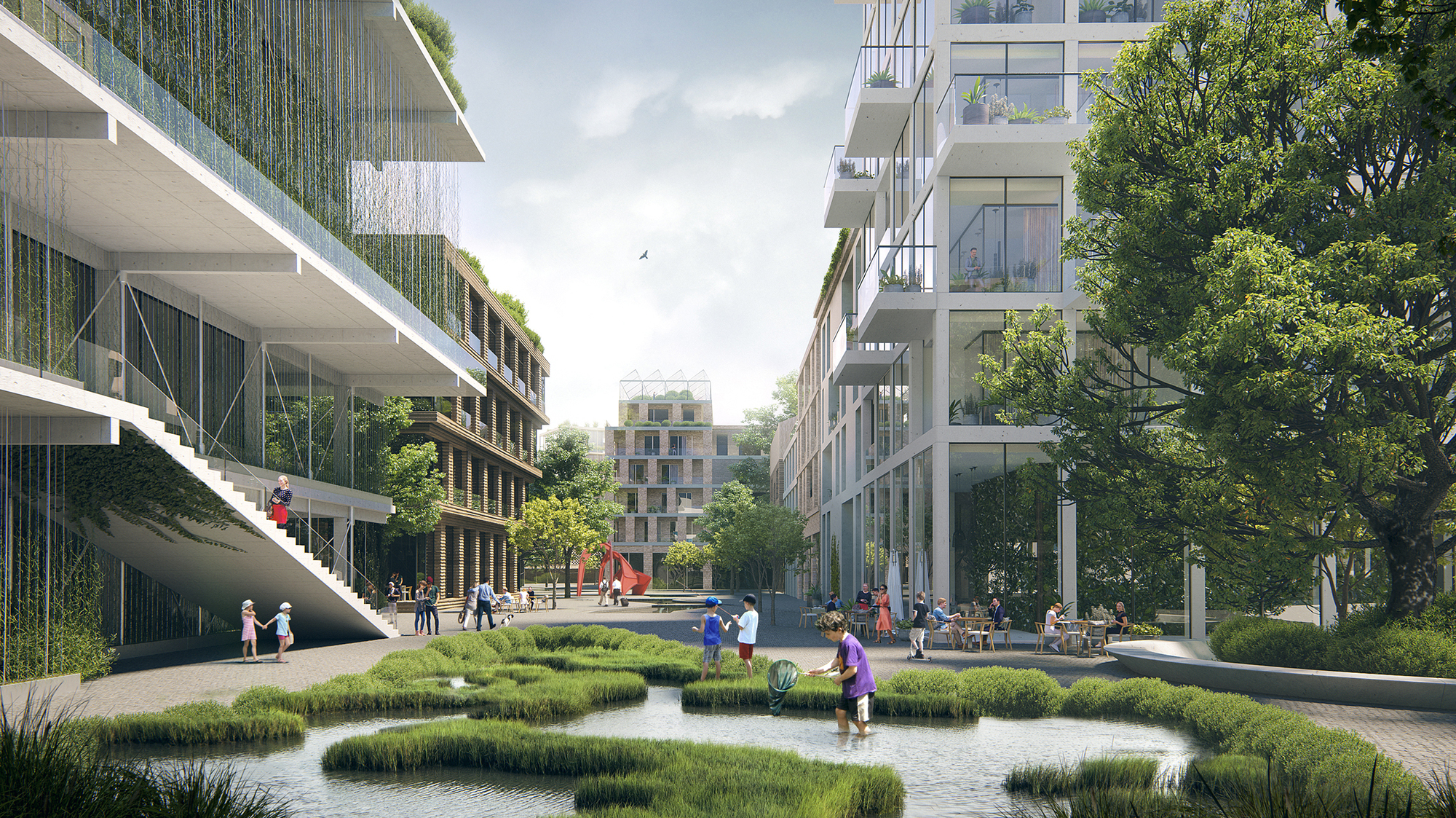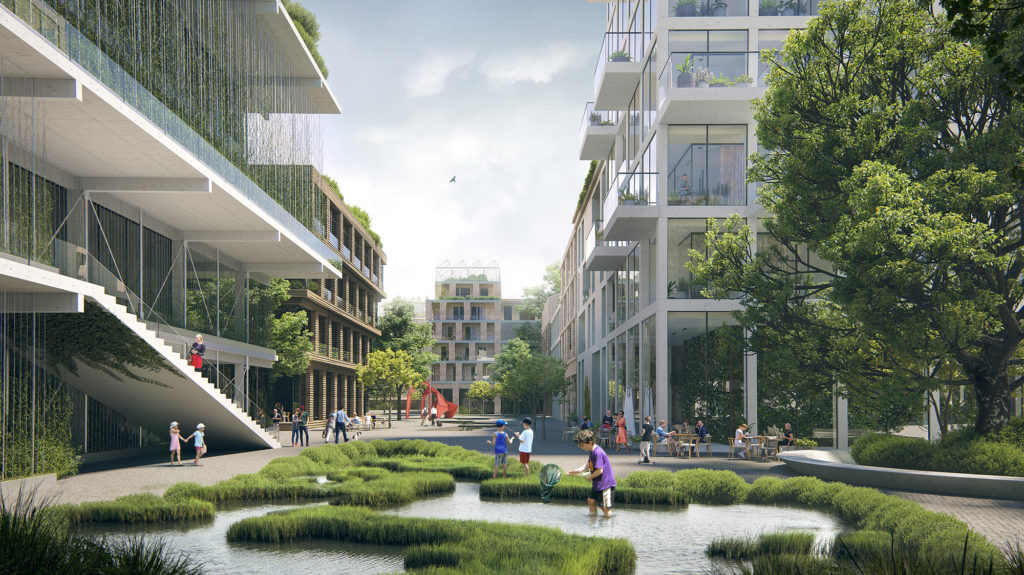
The In-Detail Description Of Urban Design And Why It’s Important
What is urban design?
Firstly, urban design is the art of creating and shaping cities and towns. It involves the arrangement and design of buildings, public spaces, transport systems, services, and amenities. In addition, the urban design blends architecture, landscape architecture, and city planning together to make urban areas functional.
Who are urban designers?
For instance, urban designers are typically architects, town planners, or landscape architects. Their skill is to bring together ideas from developers, local communities, architects, planners, traffic engineers, and many others. Involving all of these skills and people will resolve problems and conflicts in order to create better places for everyone.
What do they do?
Urban planners decide how spaces will be used, considering the impact of development on an entire area. They evaluate long-term factors, such as demographics and economic trends, and make recommendations for the level of development in an area. They decide what types of buildings go where and what elements are needed to support growth.
The difference between urban planning and urban design –
Urban planning is the act of planning the structures of a city, including its policies, infrastructure, neighbourhoods, building codes, and regulations. In fact, the focus is more technical and political and is on the strategy, structure, and policy level.
Whereas, urban design is the creation of city features based on plans. It is focused on design and user experience and operates at the features and systems level.
Both careers involve the use of similar software programs, such as GIS and AutoCAD. Urban designers largely focus on the look and feel of the space, while urban planners are more focused on making sure everything meets local standards and regulations.
The key job responsibilities for an urban designer include:
- Creating a detailed estimate of costs along with a timeline for completion which they then present to their client’s.
- Researching areas to create design pans that fit with existing spaces.
- Regularly visiting worksites to ensure the project is moving in the right direction and matches up with the blue prints.
- Meeting with locals and getting to know what they want and need to get the most out of their city.
Good urban design focuses on public places where people like to be and will feel safe. Consequently, if the streets are empty, spaces feel isolated, uncared for, and potentially risky or dangerous.
Finally, there is strong evidence that good design of public places offers many benefits, including:
- Improves physical and mental health
- Encourages physical activity
- Less car use
- Supporting the development of children by encouraging play
- Improved sense of wellbeing and happiness
- Improved air and stormwater quality






